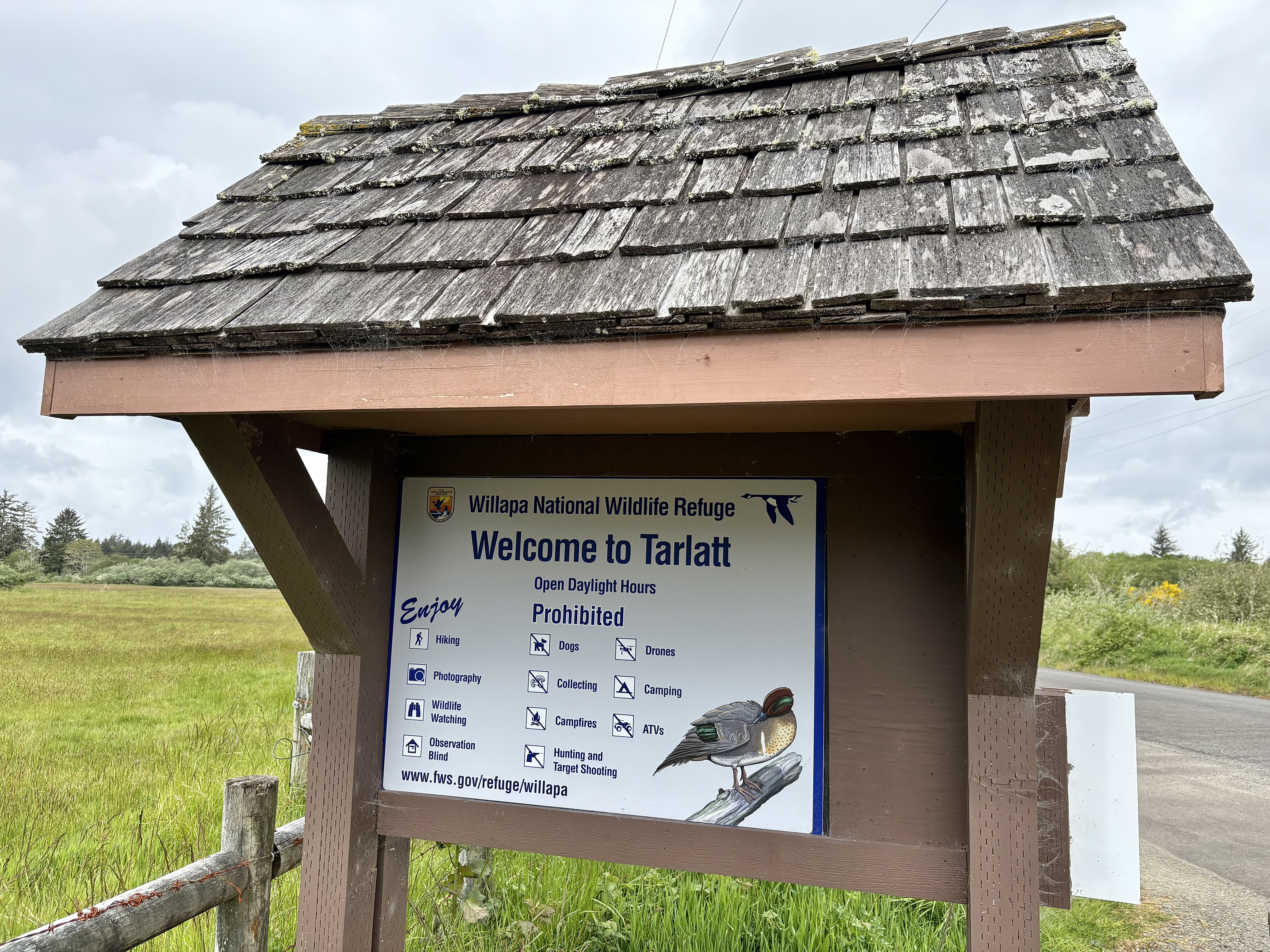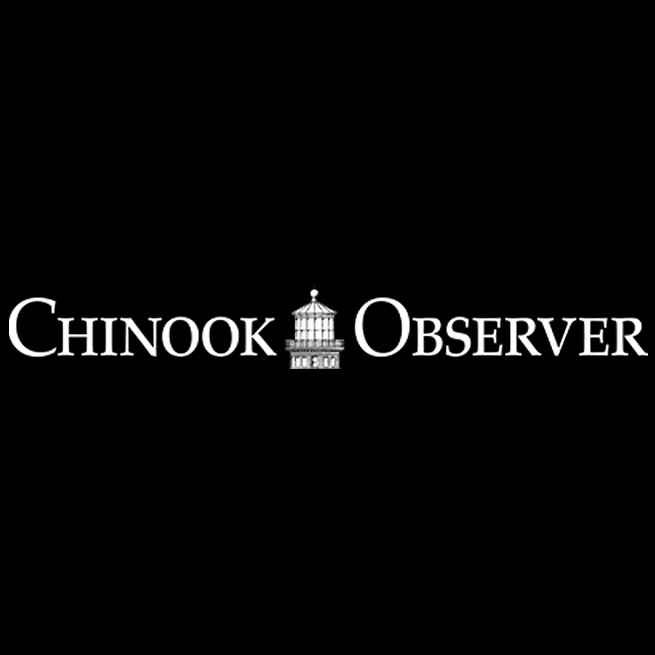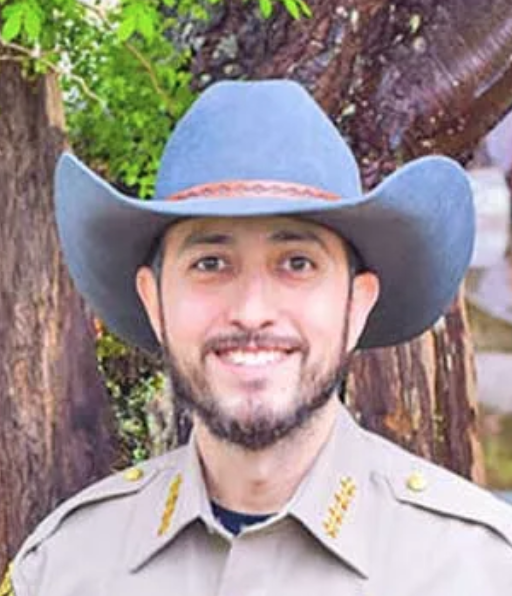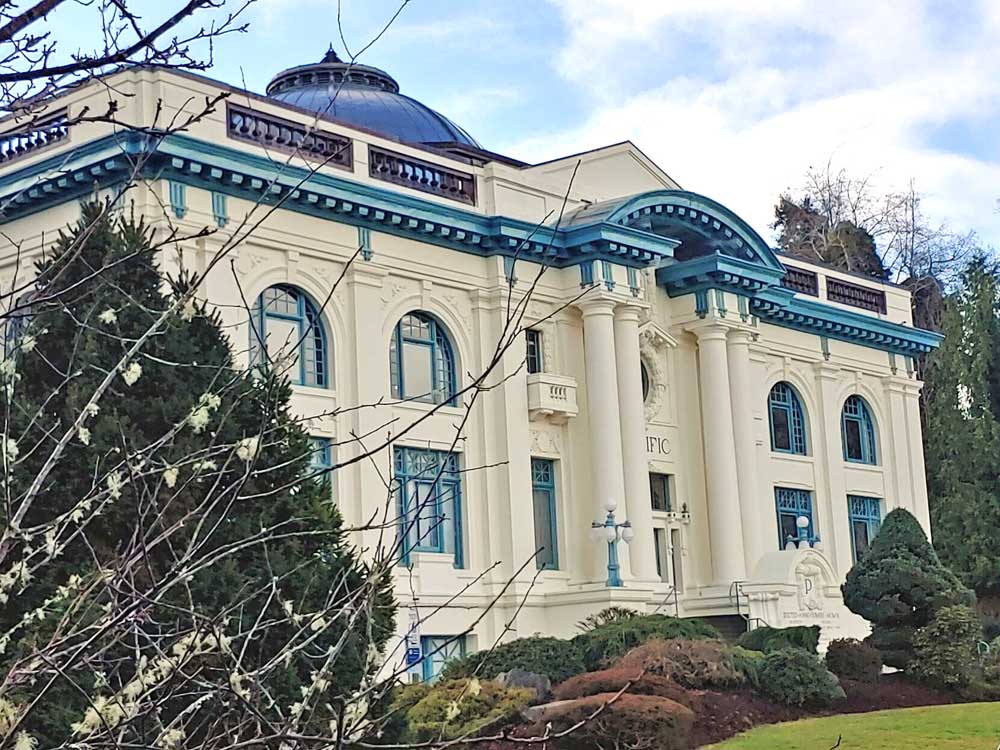Repairing a watershed: Local control is a path toward healthier forest
Published 12:55 pm Monday, July 21, 2025
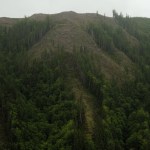
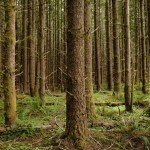


After months of deliberation, a years-old vision to restore local control of some of Pacific and Wahkiakum counties’ most productive timberlands is a step closer to becoming a reality.
Last Tuesday, representatives from the Columbia Land Trust presented to both sets of commissioners a near-complete draft of the charter for the Upper Grays River Community Forest. The document lays out the legal framework and governance structure for a working forest in the upper Grays River watershed, which will straddle the boundary between the two counties.
“The purpose… is to provide a legal entity… to undertake, assist with and otherwise facilitate the acquisition, ownership, maintenance, harvest, and management of a community forest or forests within Pacific County and Wahkiakum County to provide economic, environmental and community benefits to the public,” the charter’s fourth article reads.
Trending
The proposed forest represents an opportunity for all three benefits to coincide in a way that can sometimes seem elusive in the world of natural resource management.
Mosaic of mature forests
By extending the length of harvest rotations and implementing other principles of ecological forestry on former industrial timberlands, the counties are not only aiming for a long-term economic return in the form of bigger, higher-quality timber, but also for improved watershed health. A mosaic of mature forests will stabilize the steep, highly erodable slopes of the Willapa hills more effectively than young forests and clearcuts can, while simultaneously improving habitat conditions for fish.
“That’s the problem — it’s being cut in the upper watershed too young and that’s where we’re getting all the silt,” said Wahkiakum County Commissioner Dan Cothren. “Yeah, we need revenue, but the whole thing is, we want to protect our watershed, and to do that, we’re gonna have to grow our trees longer, and we’re gonna have to manage it right, and it’s gotta be for the fish, too.”
Restoring local control over portions of the watershed also allows the counties to ensure more reliable public access — long a sore spot for residents and community members.
“When my oldest was very small, we’d take her there,” Grays River resident Megan Blackburn Friend said of stretches of the river along Fossil Creek Road. “And then the gate went up, and it’s too far for the kids to walk down to the good spot…. It’s sad that those of us who live here can’t go and enjoy why we live here.”
Trending
The gate in question cuts off access to a parcel owned by Weyerhaueser, across the road from which stands a forest owned and recently thinned by the Columbia Land Trust. It would be a prime first acquisition for the nascent community forest. But with Weyerhaueser’s asking price prohibitively high, the counties and the land trust have been forced to look deeper in the watershed.
Earmark possible?
The parcels they are currently eyeing are owned by The Conservation Fund, an East Coast-based nonprofit, and sit immediately on the Pacific County side of the border, due north of Skamokawa. Should any of the various grants and funding sources the land trust is currently targeting come through — including a million-dollar congressional earmark the trust has pitched to Rep. Marie Gluesenkamp Perez (D-Skamania) — at least some of those roughly 640 acres may become the first piece of the community forest.
“It’s very competitive,” said Cherie Kearney, the land trust’s Forest Conservation Director, of the grant proposal process. “The role that I’ve played in Columbia Land Trust is technical support, grant writing, trying to get funding, especially for buying these first properties.”
“The biggest hurdle here, and the elephant in the room, is money,” said Jeff Wilson, state Sen. from the 19th Legislative District, who called into the land trust’s presentations. “Politically, you guys are stirring up a hornet’s nest, but it’s my job. I will look into all that, because if money’s the biggest hurdle, we better find ways to do this…. It’s not going to be a bargain basement price, but I think the return on investment can be justified.”
Long-term commitment
Indeed, the Columbia Land Trust faces no shortage of skepticism of its vision of ecological stewardship and restoration — especially in and around the Grays River lowlands and the estuary. The establishment of a community forest in the upper watershed nevertheless represents an opportunity for the organization to demonstrate its long-term commitment to the community.
“We’re just so grateful to Columbia Land Trust for being our partner in this because we’d have never gotten it off the ground,” said Pacific County Commissioner Lisa Olsen. “We have too much on our plates on a daily basis, and this is what [they] do, and we are really grateful [they] will share [their] skills with us to realize our vision for maintaining active and productive and healthy forest lands in our counties.”
“This has been my vision for a long time,” added Cothren. “This is the only option for rural communities… but also for the way of life and the history that you know we value here…. This is really the only option out there to keep what we have and to build on what we have.”
Riley Yuan is a Murrow News Fellow, part of an innovative state-funded program operated under auspices of Washington State University to reinforce local news around the state. At the Observer, Yuan is focusing on coverage of environmental, natural resource, social and regulatory factors that influence overall community health. His reporting is available for use via Creative Commons with credit.






